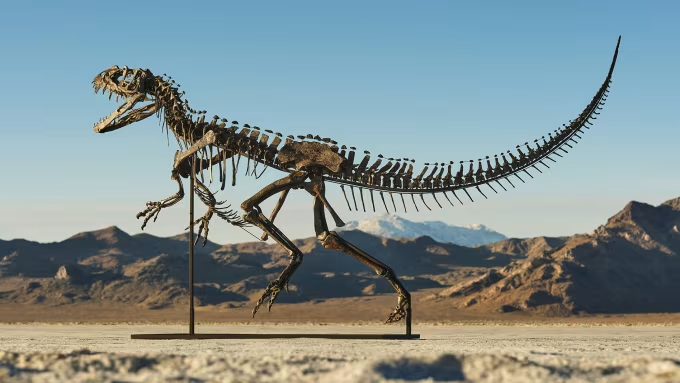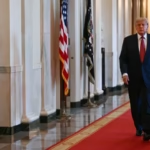A remarkably well-preserved Ceratosaurus fossil is set to go under the hammer at a high-profile auction next month, drawing both excitement from collectors and criticism from paleontologists who argue such specimens should remain in public institutions.
The Fossil at the Center of the Debate
The 150-million-year-old skeleton, measuring approximately 20 feet (6 meters) long, was discovered in Wyoming’s Morrison Formation in 2023. Auction house Bonhams describes it as “one of the most complete Ceratosaurus specimens ever found,” with 70% of its bones intact, including its distinctive nasal horn and nearly full skull.
– Auction Details:
– Expected to fetch between $5-8 million
– Sale scheduled for August 15 in New York
– Includes 3D scans and research documentation
Scientific Community’s Concerns
Paleontologists have voiced strong objections to the sale:
1. Research Access: Dr. Jessica Theodor (Univ. of Calgary) warns private ownership could limit study opportunities: “This isn’t just a trophy—it’s a crucial piece of evolutionary history.”
2. Legal Loopholes: While U.S. law protects fossils found on public land, this specimen was discovered on private property, making its sale legal but ethically questionable.
3. Precedent Setting: The Society of Vertebrate Paleontology has petitioned Bonhams to withdraw the lot, fearing increased commercialization of significant finds.
Auction House’s Stance
Bonhams maintains the sale is legitimate:
– “The landowner has every right to sell,” said natural history director Cassandra Hatton
– They’ve facilitated sales to museums in the past
– 15% of proceeds will fund future excavations
Broader Implications
The controversy highlights growing tensions between:
– Collectors willing to pay millions for rare specimens
– Scientists struggling with shrinking research budgets
– Legislation that varies significantly by country
As bidding preparations continue, some museums are reportedly exploring crowdfunding options to compete for the fossil. The outcome may set important precedents for how society values scientific heritage versus private ownership.





